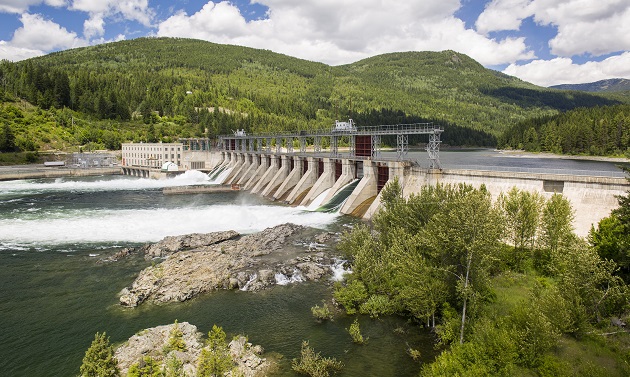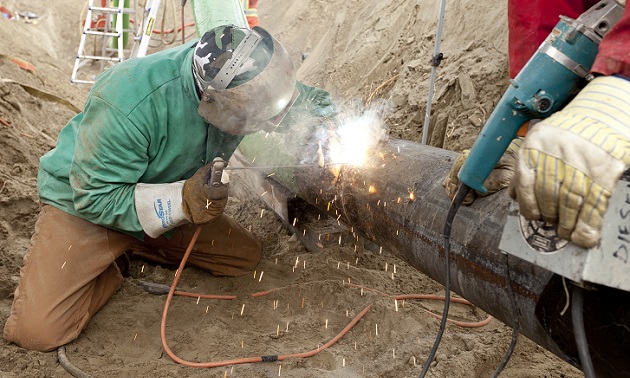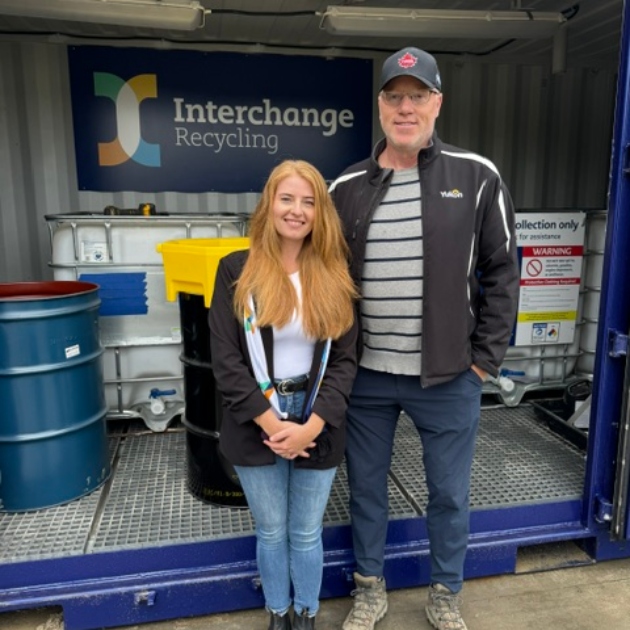Energy in the Kootenays
FortisBC has lots going on as it serves customers throughout the Kootenay region
Although people use energy every day they rarely stop to think about where the power comes from when they flick on a light. In British Columbia, FortisBC delivers 21 per cent of the total energy consumed, more than any other utility company in the province. Its electricity service has an eastern boundary of Creston, serving the West Kootenay and beyond. The company also delivers natural gas to most of the province.
In 2004 Fortis Inc., based in Newfoundland and Labrador, purchased West Kootenay Power and Light Company from an American company. Originally incorporated in 1897, the West Kootenay Power acquisition gave FortisBC a strong foundation to build on. FortisBC has invested in the infrastructure, providing needed upgrades. In 2007 Fortis Inc. acquired Terasen Gas from Kinder Morgan. Renamed FortisBC, the natural gas portion of the company maintains over 45,000 kilometres of gas line. Today’s FortisBC has about 1.1 million customers in 135 communities.
In touch with local needs
When Fortis purchased the electric company, the operations that handled customer service inquiries were in Calgary, Alberta. FortisBC promptly set up a contact centre in Trail, B.C.

Tom Loski is FortisBC’s vice-president, customer service. — Photo courtesy FortisBC
“We want to be part of the communities we serve,” said Tom Loski, vice-president, customer service, with the company. “By setting up our contact centre here right within our service territory in the Kootenays we feel our employees are much closer to the specific needs of our customers in the region.”
FortisBC currently has about 350 employees in the Kootenay region. The company works closely with First Nations throughout the province, including the Ktunaxa and Lower Kootenay bands. Parent company Fortis Inc. is also a majority partner in the Waneta Dam expansion, a project that will generate power from spill-over water at the existing Waneta Dam near Trail to create renewable energy.
Sources of energy
FortisBC owns and operates four hydroelectric dams in the Kootenays: Corra Linn, Upper Bonnington, Lower Bonnington and South Slocan. Altogether the company operates eight plants and generates almost half the power used by its customers. The remainder is purchased, primarily through Columbia Power and BC Hydro.
“This has proven to be an economical way to provide electricity to our customers,” said Loski. “Virtually all the power that our customers consume is hydro based, which we certainly see as a clean, renewable and cost-effective source of power.”
As the executive responsible for customer service, Loski feels it's important to listen to customers and find creative and innovative ways to serve them. As a company, FortisBC has several ongoing initiatives for its customers. Starting in September 2014, electricity customers from Trail to Salmo will be receiving advanced meters. These will provide more information for customers to understand their energy use more clearly. Consumers will then have the opportunity to use their energy more efficiently. Customers can also participate in the PowerSense program.
Green natural gas
FortisBC natural gas customers can designate a portion of their gas use as renewable. The company was the first utility in North America to offer a renewable natural gas program. Based on average use it costs a household about $6 each month to designate 10 per cent of its overall use. The renewable gas comes from organic sources such as agriculture operations or landfills. Methane that would normally be released into the atmosphere is cleaned to specifications and injected into the FortisBC natural gas system. Customers can opt in at the FortisBC website. There are currently nearly 7,000 customers signed up to the program.
“The more (renewable natural gas) gets developed the lower the cost becomes and the more it will come on stream,” said Loski. “It’s a fantastic opportunity—municipalities that have landfill sites and waste water treatment facilities are all potential supply sources for us. If we are able to bring that on stream we will see significant greenhouse gas emission reductions in the province.”
The Kootenay region has certainly been important to FortisBC provincial operations with its long history and as the location of generation facilities and a customer contact centre.
“We believe our presence in the region really puts us in a good position to get feedback from our customers and to be better able to meet their needs,” said Loski. “We also think that at FortisBC we are real leaders in innovation and we are very much committed to supporting local governments and organizations in helping them and our customers to reduce their carbon footprint and establish more sustainable approaches. We see the history and the legacy of our involvement in the Kootenays, which goes back well over 100 years now, as something we want to continue to leverage as we provide high-quality service to our customers.”








Comments